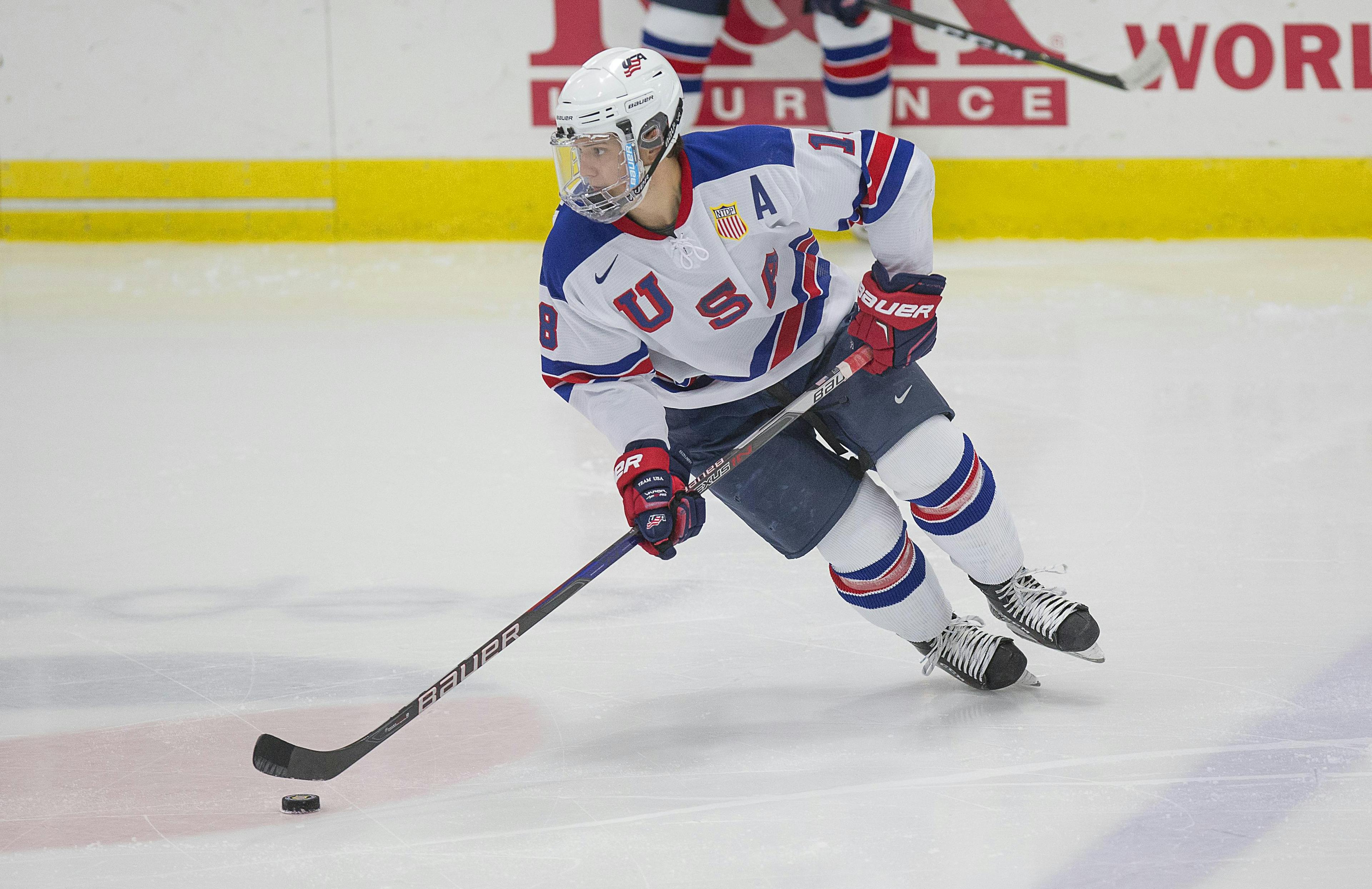2018 NHL Draft: Spring Rankings
Photo credit: Rena Laverty
By Jeremy Davis
5 years ago
Recent articles from Jeremy Davis
Breaking News
- Vancouver Canucks to face Nashville Predators in first round of 2024 Stanley Cup Playoffs
- Report: Canucks’ playoff run could begin as soon as Sunday after teams complained
- Scenes from practice: Tocchet plays coy about Canucks Game 82 line-up other than fact Demko will start
- On night Canucks clinch Pacific, Tyler Myers reflects on team’s buy-in and Allvin’s early “play as a team” speech
- The Statsies: Thatcher Demko slams the door in return as Canucks clinch Pacific Division
